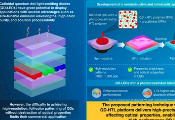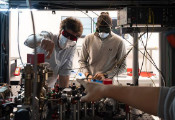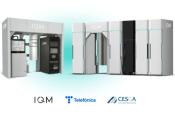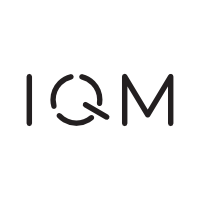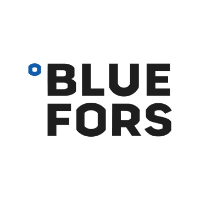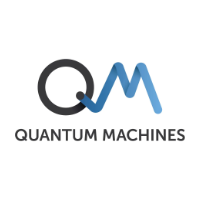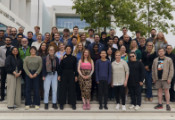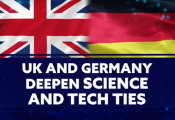Bruker Announces Successful Acceptance of 1.2 GHz NMR Spectrometer at University of Warwick
Warwick, United Kingdom, May 14, 2025 -- Bruker Corporation, a global leader in scientific instrumentation, is pleased to announce the successful acceptance of its state-of-the-art 1.2 GHz NMR spectrometer at the University of Warwick. This milestone marks a significant advancement in the UK's research infrastructure, providing scientists with unparalleled resolution and sensitivity for studying materials and complex biological systems.
The 1.2 GHz NMR spectrometer, funded by a £17 million grant from UK Research and Innovation (UKRI), is the most powerful NMR instrument in the UK. The spectrometer features Bruker's innovative high-temperature superconductor (HTS) and low-temperature superconductor (LTS) hybrid magnet technology, enabling higher magnetic fields and stable operation. UK researchers will utilize this cutting-edge instrument to advance studies in materials research and life science areas such as energy materials, anti-microbial resistance, drug design, and understanding the physical and chemical principles of life and disease.
"We are delighted to be able to use the purpose-built new home at the University of Warwick for the biggest NMR magnet in the UK, which was brought to field by Bruker in March," said Professor Steven P. Brown, Department of Physics, University of Warwick, and Director of the UK High-Field Solid-State NMR National Research Facility. "As one of less than 15 similar magnets in the world, this 1.2 GHz NMR system continues to put the UK at the forefront of research and innovation in areas such as energy, pharmaceuticals, and tackling anti-microbial resistance."
Professor Brown and his research group are particularly excited by the opportunity to combine 1.2 GHz with fast (100+ kHz) magic-angle spinning, with the enhanced resolution and longer coherence lifetimes being very beneficial for 1H-detected solid-state NMR, e.g., of pharmaceuticals and biological samples. "Backed by a multi-year grant from UK Research and Innovation, we are working closely with our partners from a range of UK universities and the private sector to ensure the investment delivers exciting new science with real-world impact," added Professor Brown. "We are excited by the gain in resolution and sensitivity that this instrument will deliver, enabling new opportunities across materials, chemistry and the life sciences."
The 1.2 GHz system will be integrated into the Warwick-hosted national research facility, which has been operational for solid-state NMR since 2010 and is managed by the Facility Executive comprising scientists from East Anglia, Lancaster, Liverpool, Southampton, St Andrews, and Warwick. This expansion will also include biomolecular solution-state NMR, making it a valuable resource for the UK academic and industrial research community.



